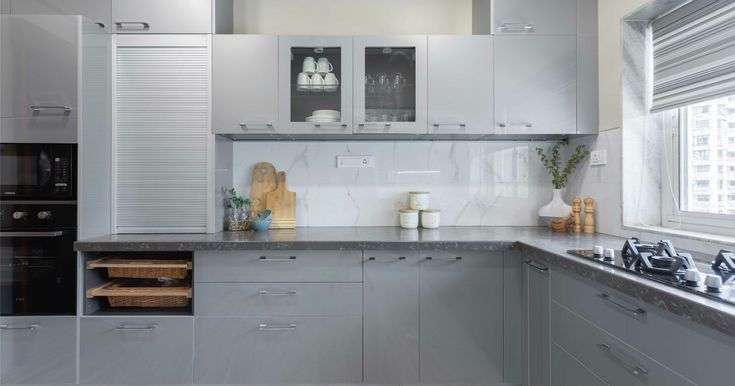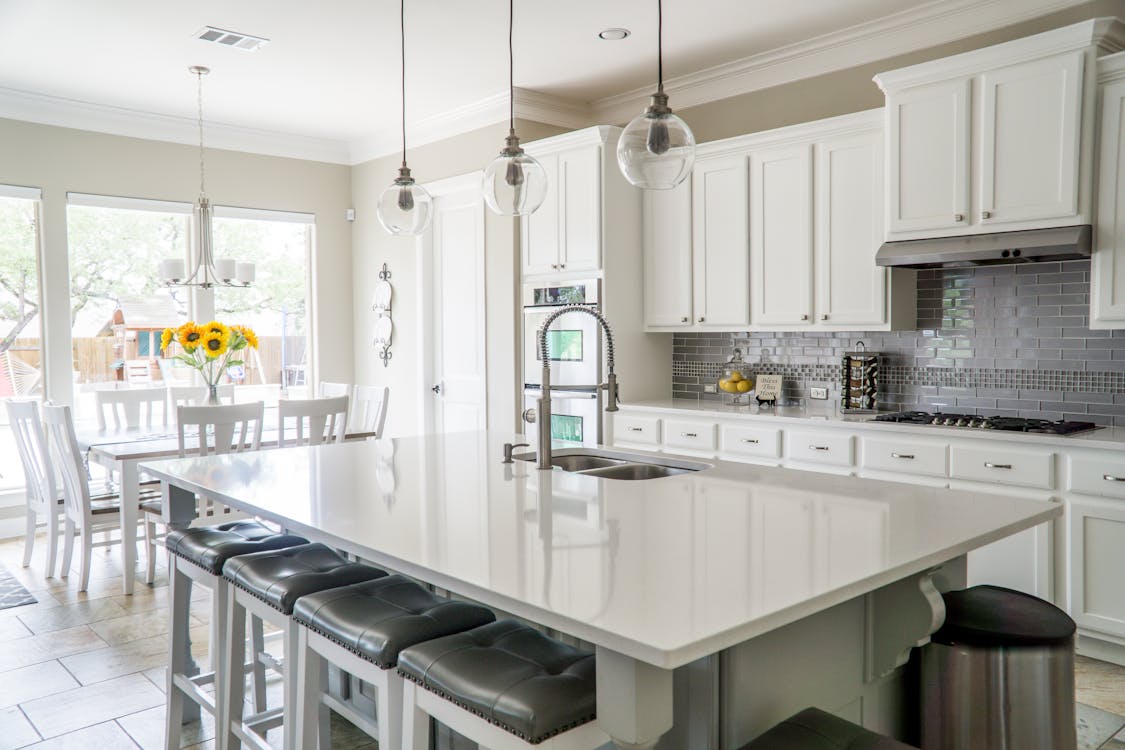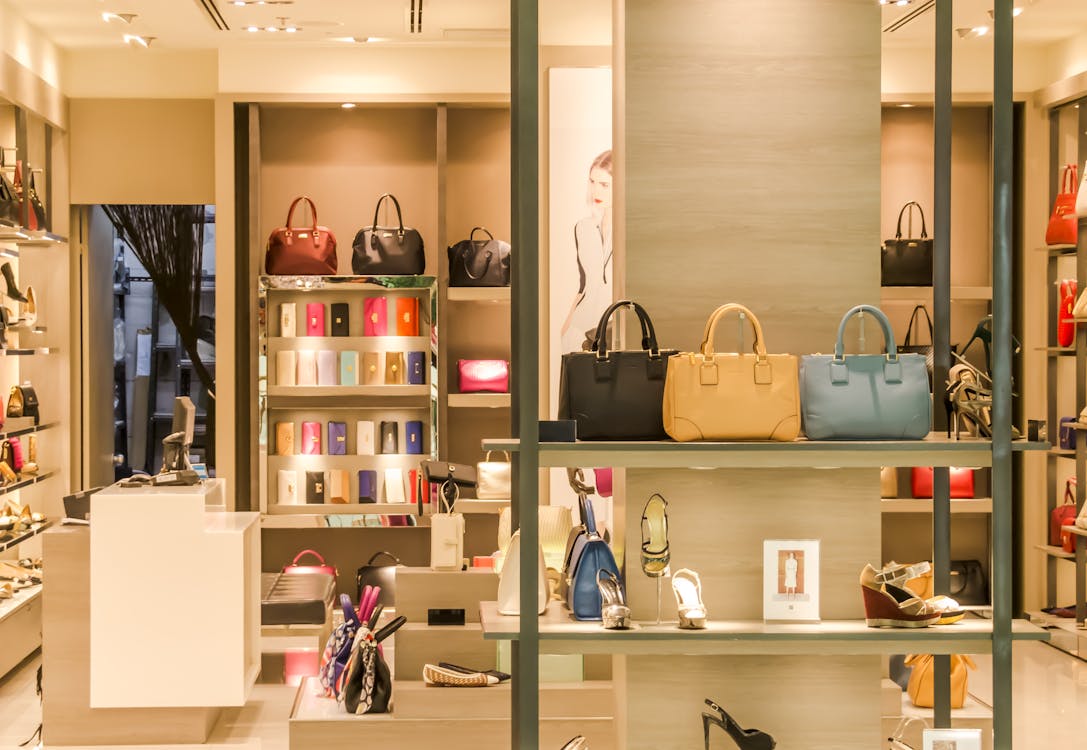In the realm of interior design and architectural aesthetics, the finishing touches often make the most profound impact. Among the plethora of options available, membrane finishes stand out as a versatile and innovative choice for achieving both style and functionality. In this detailed exploration, we delve into the essence of membrane finishes, unraveling their composition, application techniques, and the myriad reasons behind their increasing popularity in modern design.
Understanding Membrane Finishes
At its core, a membrane finish represents a cutting-edge technology in surface treatment. Unlike traditional finishes such as paint or wallpaper, which rely on physical layers of material, membrane finishes involve the application of a thin, flexible membrane onto various substrates, including wood, metal, and even concrete. This membrane, typically made of PVC (Polyvinyl Chloride) or PET (Polyethylene Terephthalate), is engineered to provide a seamless and uniform coating over the underlying surface.
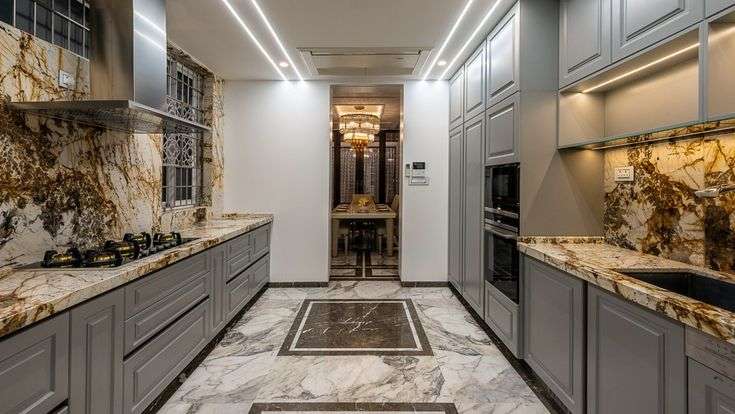
Composition and Construction
The composition of membrane finishes is crucial to their performance and aesthetic appeal. PVC-based membranes, for instance, are formulated using a blend of PVC resin, plasticizers, stabilizers, and pigments. This formulation ensures the desired properties such as flexibility, durability, and colorfastness.
PET-based membranes, on the other hand, leverage the remarkable properties of polyester film. These membranes often undergo specialized treatments to enhance their resilience against environmental factors like UV radiation and moisture.
The construction of a membrane finish involves several intricate steps. First, the substrate surface is meticulously prepared, ensuring cleanliness and uniformity. Next, the membrane material is applied using various techniques such as heat bonding or adhesive lamination. The membrane is then stretched and smoothed to eliminate any wrinkles or imperfections, resulting in a flawless finish.
Application Techniques
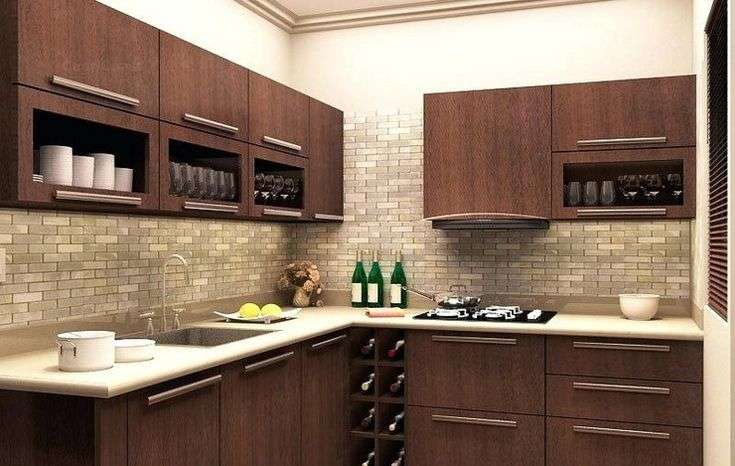
Membrane finishes offer remarkable versatility in terms of application techniques, allowing designers to unleash their creativity and achieve bespoke designs. One of the most common methods is vacuum pressing, wherein the membrane is heated and vacuum-sealed onto the substrate, conforming to its contours with precision.
Another popular technique is membrane wrapping, which involves wrapping large panels or surfaces with pre-cut membrane sheets. This method is particularly favored in furniture manufacturing and interior renovations due to its efficiency and ease of application.
In recent years, advancements in digital printing technology have enabled the customization of membrane finishes with intricate patterns, textures, and even photographic images. This innovation opens up endless possibilities for creating personalized and visually stunning environments.
Reasons for Opting for Membrane Finishes
The growing preference for membrane finishes in both residential and commercial settings can be attributed to a myriad of compelling reasons, each highlighting the unique advantages of this versatile solution.
1. Seamless Aesthetic
One of the standout features of membrane finishes is their ability to create a seamless aesthetic that enhances the overall visual appeal of any space. Unlike traditional finishes that may exhibit seams, joints, or brush strokes, membrane finishes offer a smooth and uniform surface, lending a sense of sophistication and modernity to interiors.
2. Durability and Longevity
In an era where sustainability and longevity are paramount, membrane finishes excel as a durable and resilient option. The robust composition of PVC and PET membranes ensures resistance to scratches, abrasions, and fading, thereby maintaining their pristine appearance over time. This longevity not only reduces the need for frequent maintenance but also contributes to the sustainability of the built environment by minimizing material wastage.
3. Versatility in Design
From minimalist elegance to bold statement pieces, membrane finishes empower designers with unparalleled freedom in design expression. Whether replicating the rich texture of natural wood, the luxurious sheen of metallic surfaces, or the whimsical charm of artistic motifs, membrane finishes can mimic virtually any material or finish imaginable. This versatility enables designers to realize their creative vision without compromising on performance or practicality.
4. Easy Maintenance and Hygiene
In high-traffic areas prone to spills, stains, and moisture, hygiene and ease of maintenance are paramount considerations. Membrane finishes offer a non-porous surface that is inherently resistant to liquids and can be effortlessly wiped clean with mild detergents. This makes them ideal for applications in kitchens, bathrooms, and healthcare facilities where cleanliness is non-negotiable.
5. Environmental Sustainability
In an age of environmental consciousness, the eco-friendliness of building materials is a significant factor in decision-making. PVC-based membrane finishes, when sourced from reputable manufacturers, adhere to stringent environmental standards and can be recycled at the end of their lifecycle. Furthermore, the durability of membrane finishes reduces the frequency of replacements, thereby minimizing the carbon footprint associated with maintenance and refurbishment.
Conclusion
In conclusion, membrane finishes represent a paradigm shift in surface treatment, offering a harmonious blend of aesthetics, functionality, and sustainability. From their innovative composition and application techniques to the myriad reasons for their adoption, membrane finishes have emerged as a preferred choice for architects, designers, and homeowners alike. As the pursuit of excellence in design continues to evolve, membrane finishes stand poised at the forefront, poised to redefine the boundaries of creativity and craftsmanship in the built environment.

